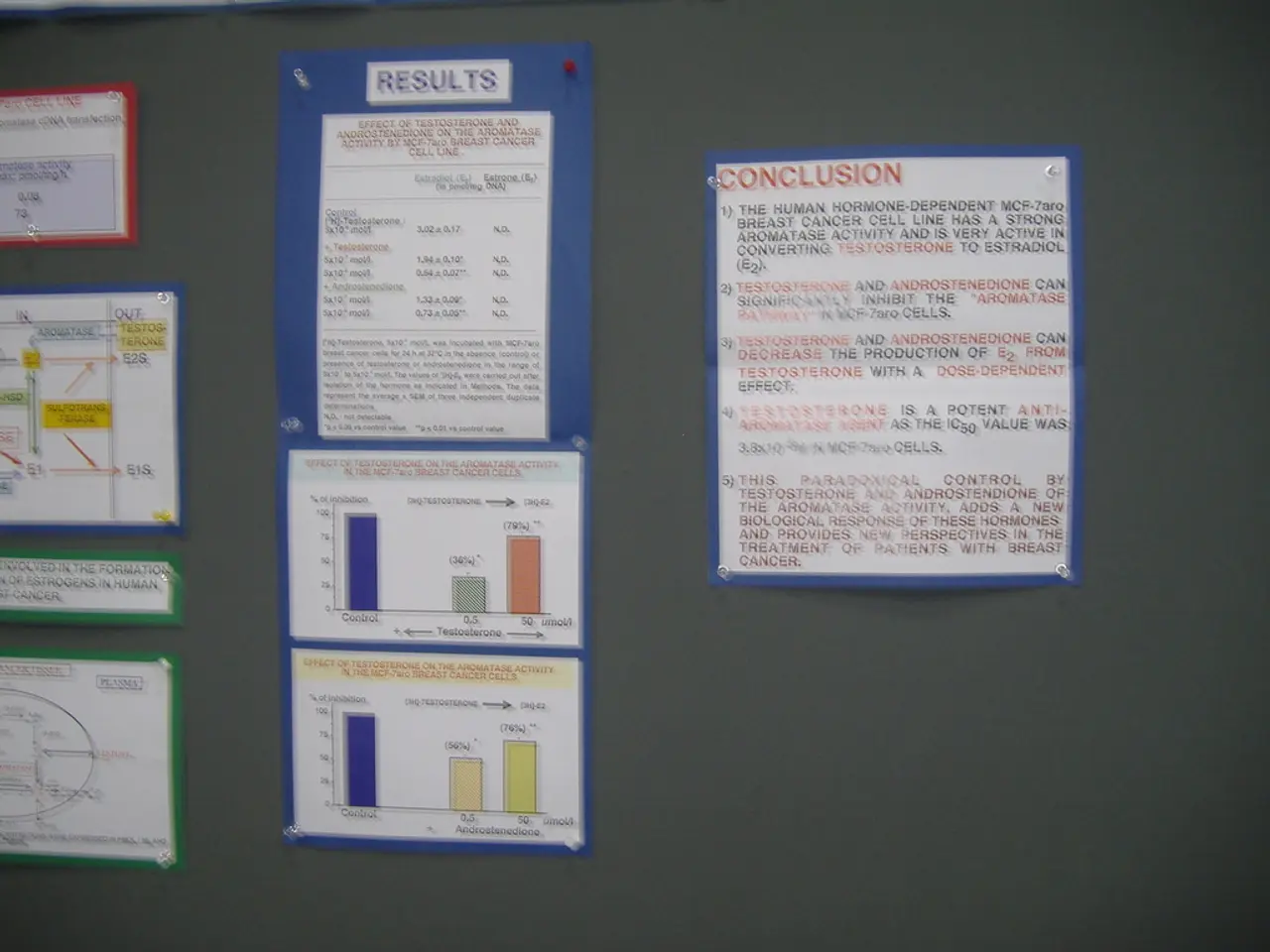Financial guidance from Robert Kiyosaki for the average income group, comprising of ten key suggestions
In the world of personal finance, Robert Kiyosaki, the author of the best-selling book "Rich Dad Poor Dad," offers a unique philosophy to help individuals build wealth and achieve financial freedom. Here are ten key principles that Kiyosaki advocates for transforming middle-class financial struggles into lasting prosperity.
1. Manage Expenses Intelligently and Maximize Savings Productivity
Wealth building is less about income level and more about how much money you keep after expenses. Avoid lifestyle inflation and focus on reducing unnecessary expenses. Then, invest the remaining money into income-producing assets rather than spending it immediately.
2. Mind Your Own Business by Building Assets Beyond Your Job
Kiyosaki emphasizes the importance of building your asset column—investing in things like rental properties, stocks, small businesses, or intellectual property—besides relying solely on your job income. Your profession pays bills, but assets create real wealth and financial security.
3. Develop a Wealth Mindset
The difference between rich and middle-class lies primarily in mindset. Rich people invest to get rich first and seek control over investments, while the middle class invests primarily for comfort or preservation. Fostering this mindset is crucial for long-term wealth building.
4. Invest 'Inside' Private Enterprises
Kiyosaki advises investing inside private businesses where you hold control, as these provide better returns and tax benefits compared to traditional public market investments.
5. Use Good Debt and Leverage Strategically
Employ leverage wisely by using other people's money and time to acquire assets faster than saving could allow. This amplifies your wealth-building potential.
6. Understand Financial Literacy Deeply
Master financial education by learning to read financial statements, distinguish real assets (that generate cash flow) from liabilities, and understand different income types—earned, portfolio, and passive. A shift toward portfolio and passive income is key for financial independence.
7. Prioritize Reinvesting Asset Income
Use income generated by your assets to acquire more assets rather than spending it. This reinvestment causes compounding growth and accelerates wealth creation.
8. Scale Personal Income Last
Only after building a substantial asset base should you increase personal spending, allowing multiple income streams to cover expenses and continue growing wealth simultaneously.
9. Maintain Discipline and Long-Term Focus
Wealth creation is about disciplined spending, consistent investing, and sustained strategic efforts over time. It is not about quick gains but developing habits and plans that lead to multi-generational wealth.
10. Build Financial Education as a Foundation for Empowerment
Kiyosaki and associated networks stress that financial literacy is not just knowledge but empowerment—giving individuals the skills and confidence to make informed decisions and take control of their financial futures.
To deepen your understanding, consider reading Kiyosaki’s books like "Rich Dad's Guide to Investing" and following resources that summarize and expand on his principles, such as newtraderu.com’s recent article reviewing his financial advice for the middle class.
These principles highlight that wealth building requires a blend of financial education, strategic asset acquisition, disciplined reinvestment, and developing a mindset centered on long-term prosperity rather than short-term comfort. Examples of passive income include rental property cash flow, dividend payments from stocks, business profits, and royalties from intellectual property. Kiyosaki's simple test for purchases is to ask whether they will put money in one's pocket or take money out. Delaying gratification by purchasing luxuries only with income generated from assets is key to building wealth.
- Pursue financial education and self-development to gain the knowledge required for effective personal finance management, investment, and wealth creation, as advocated by Robert Kiyosaki, author of the best-selling book "Rich Dad Poor Dad."
- Implement Kiyosaki's recommendations for transforming personal-finance struggles into lasting prosperity, including intelligent expense management, asset creation, developing a wealth mindset, and strategic acquisition and reinvestment of income, to establish investments in areas like businesses, stocks, real estate, and intellectual property.




